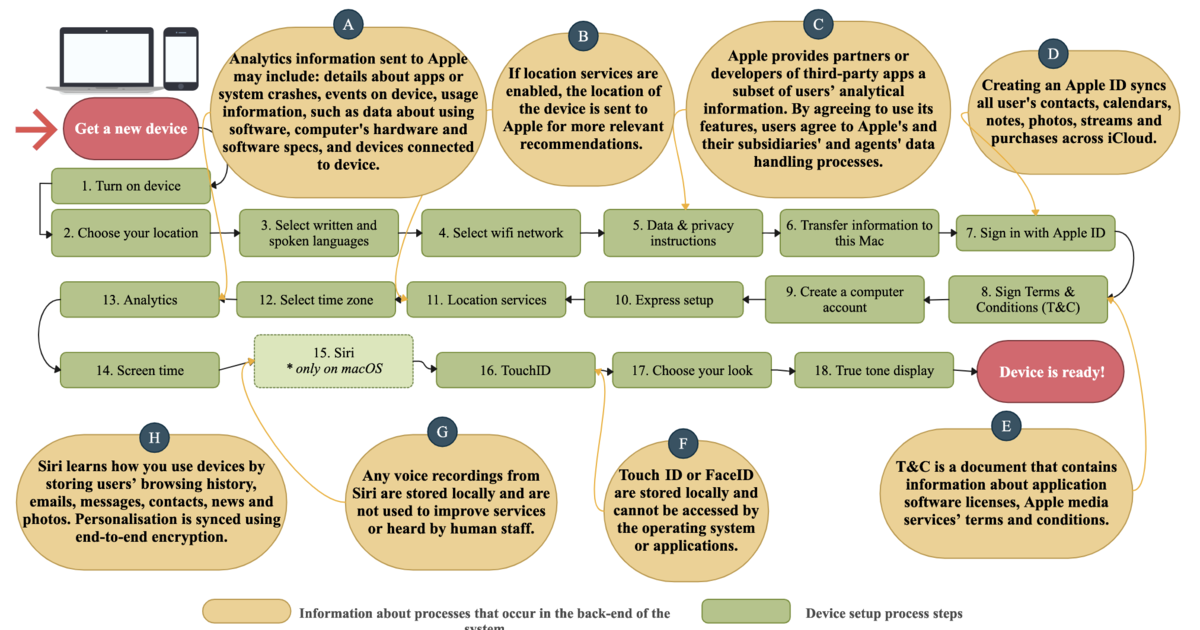

OOP was a 1990s thing that is still around but don’t worry about it too much at first.
The classic intro book is Structure and Interpretation of Computer Programs aka SICP. You can find it online with a web search. It will give you a good grounding in fundamentals. Then you can figure out what to pursue next.








It seems more important to ensure Larry Ellison’s good behaviour than Joe Schmoe’s. Ellison is able to be far more destructive. Maybe some surveillance at Oracle HQ could help.